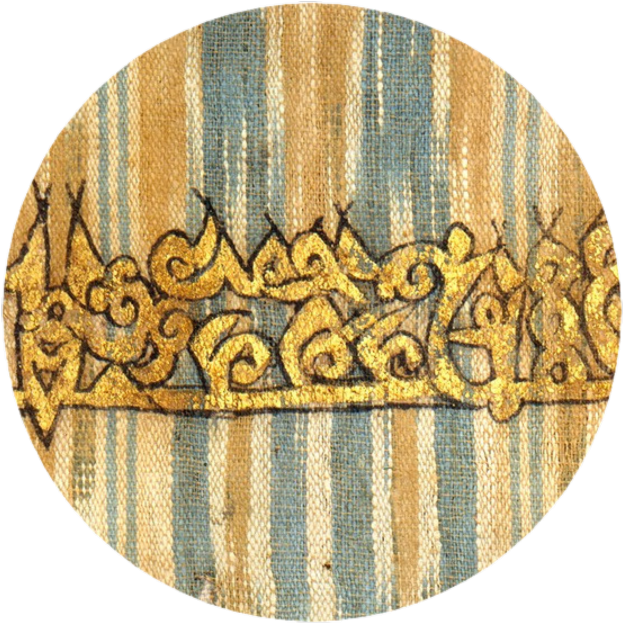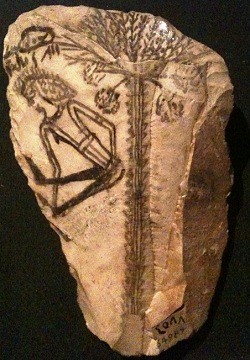"As for the internal perceptive faculties, some are for perceiving the forms of the sensibles and some for perceiving their meanings. Among these faculties, some perceive and act, and some perceive without acting. And some of them exercise primary perception and some secondary.
"The difference between perception of form and meaning is that form is what is perceived by exterior sense and interior sense together, though the exterior sense perceives it first and conveys it to the interior sense – like the sheep’s perception of the form of the wolf, by which I mean his shape and semblance and color. And so it is perceived by the sheep’s interior sense, but only after the exterior sense’s perception of it. As for meaning, it is what the soul perceives out of what is sensed, but which exterior sense does not itself first perceive. Such is the sheep’s perception of an antagonistic intention in the wolf, or the meaning which necessitates its fear of the wolf and avoidance of him, without any report of the senses whatsoever. The name of 'form' specifies that aspect of the wolf which external sense perceives before the internal sense. And what the inner faculties perceive without sense is specified in this context by the name of 'meaning.'
"The difference between perception with action and perception without action is that certain internal faculties serve to combine and divide perceived forms and meanings, thereby playing an active role in what is perceived, in addition to mere perception. Inactive perception is where the impression of a form or meaning is simply received, without any alteration being carried out on it.
"The difference between primary and secondary perception is that form occurs to primary perception much as it does in the thing itself. In secondary perception, the form of a thing occurs in relation to some other thing, which is what conveys it."
From On the soul (The Cure: Physics, book 6) I.5, continued here.
"The difference between perception of form and meaning is that form is what is perceived by exterior sense and interior sense together, though the exterior sense perceives it first and conveys it to the interior sense – like the sheep’s perception of the form of the wolf, by which I mean his shape and semblance and color. And so it is perceived by the sheep’s interior sense, but only after the exterior sense’s perception of it. As for meaning, it is what the soul perceives out of what is sensed, but which exterior sense does not itself first perceive. Such is the sheep’s perception of an antagonistic intention in the wolf, or the meaning which necessitates its fear of the wolf and avoidance of him, without any report of the senses whatsoever. The name of 'form' specifies that aspect of the wolf which external sense perceives before the internal sense. And what the inner faculties perceive without sense is specified in this context by the name of 'meaning.'
"The difference between perception with action and perception without action is that certain internal faculties serve to combine and divide perceived forms and meanings, thereby playing an active role in what is perceived, in addition to mere perception. Inactive perception is where the impression of a form or meaning is simply received, without any alteration being carried out on it.
"The difference between primary and secondary perception is that form occurs to primary perception much as it does in the thing itself. In secondary perception, the form of a thing occurs in relation to some other thing, which is what conveys it."
From On the soul (The Cure: Physics, book 6) I.5, continued here.





